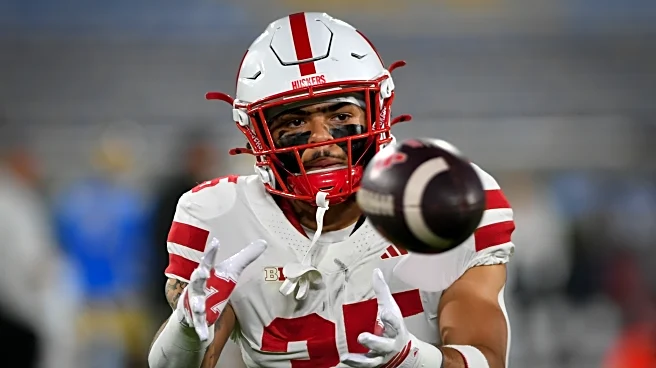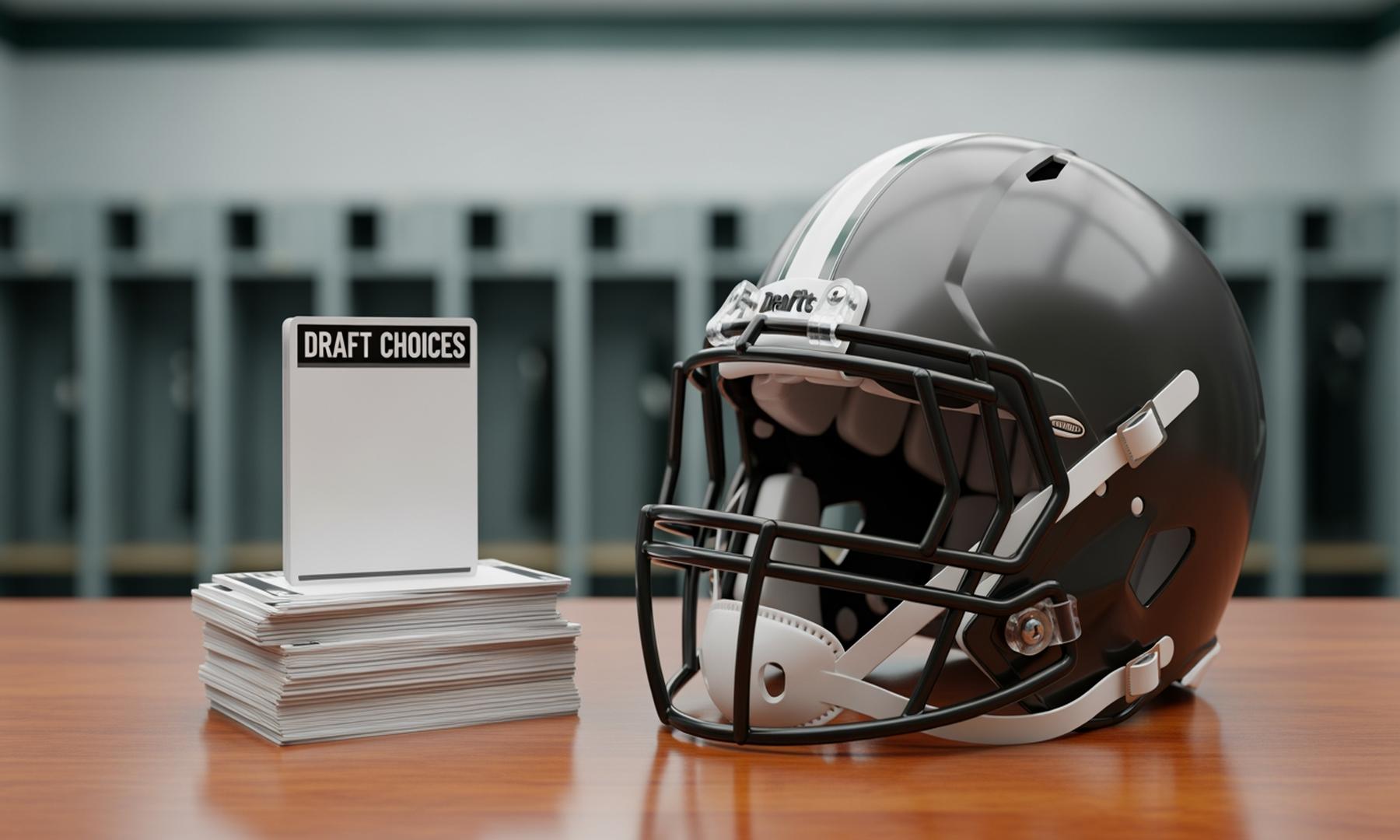Matt Rhule recently made headlines by declaring that Nebraska now has the financial firepower to compete with the nation’s elite when it comes to NIL. That’s a big shift from his earlier comments about
the Huskers being unable to buy players during the offseason. With the program’s war chest now seemingly stocked, the question becomes: where does Rhule — and GM Pat Stewart — choose to spend it?
The Portal: Instant Gratification
The transfer portal is the college football equivalent of processed sugar — a quick hit of instant gratification. Need a ready-made starter? The portal is full of grown men who’ve been through the wars and can step in on day one. That’s the appeal. They require less development time, and in theory, fewer headaches for a coach trying to win now.
But that experience comes at a premium. Quality trench players, especially tackles and edge rushers, don’t come cheap. Speed is more abundant — and thus, more affordable — but there’s still competition for the top-end guys. The risk, of course, is fit. Culture matters at Nebraska, and Rhule’s process-driven approach doesn’t always mesh seamlessly with mercenary additions. You never truly know how a portal player will gel until he’s in the locker room and on the field.
High School: Playing the Long Game
On the other end of the spectrum lies high school recruiting. Nebraska has been hosting some elite prospects from the 2026 and 2027 classes, kids who are fully aware of NIL realities. They know which programs have the money — and how it’s distributed.
These visits aren’t just for show; they come with implicit expectations of what the Huskers can offer. But this is a slower burn. Few freshmen start immediately, and many take two or three years to develop into contributors. Investing in high school talent means patience — and faith that your development system works. It’s also risky: some players peak in high school and never find their stride at the college level. The price tag, both in money and time, has to be weighed carefully.
The GM’s Balancing Act
This is where Pat Stewart earns his paycheck. As Nebraska’s de facto general manager, Stewart has to balance immediate roster needs with long-term planning. The win over UCLA certainly buys Rhule a little more breathing room, but the pressure remains. Wins over Penn State or Iowa could extend that leash further, giving the staff flexibility to invest in longer-term pieces.
The Huskers’ roster management strategy must be precise: spend too much on portal stars, and you risk neglecting the pipeline of development. Focus too heavily on high school recruiting, and you might not win enough now to keep the lights on. Stewart’s ability to strike that balance will define Nebraska’s next few seasons.
The Verdict
Nebraska’s needs — like my wife’s — are expensive. Edge rushers and offensive tackles will top the offseason wish list, and those positions won’t come cheap. Expect the lion’s share of NIL spending to go toward proven portal players who can start immediately, with the remaining funds divided among high-upside high school recruits who represent the future.
The portal opens in January, and that’s when we’ll see just how deftly Pat Stewart can walk the NIL tightrope. If the Huskers can “win” the portal again this offseason — while still stocking the shelves for tomorrow — they’ll be one step closer to running with the big dogs.













